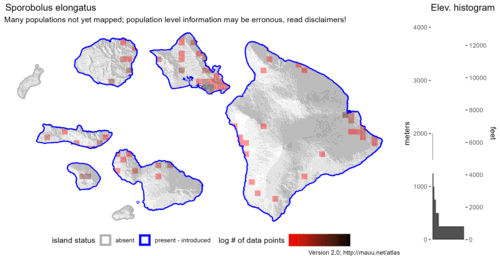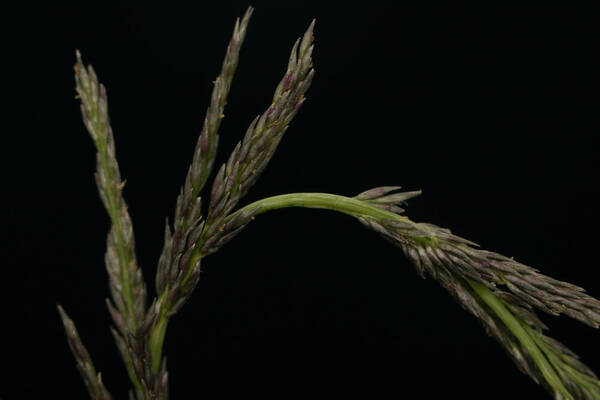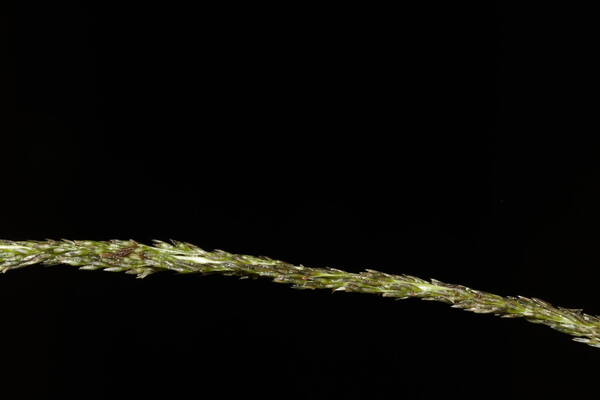Info
Subfamily: Chloridoideae
Genus etymology: Sporobolus = "seed thrower" referring to the seed being ejected from the pericarp
Species etymology: elongatus = "elongated" [Latin] refering to the inflorescence
Photosynthetic type: C4 (warm season)
Nativity: naturalized - intentional
First recorded in Hawaiʻi: 1915
Map

Inflorescence






Plant


Habit




Spikelets















Description
Habit: Perennial; caespitose. Butt sheaths herbaceous. Culms erect; 50-100 cm long; 3-4 -noded. Culm-nodes glabrous. Lateral branches lacking. Leaves mostly basal. Leaf-sheaths glabrous on surface. Ligule a fringe of hairs. Leaf-blades flat, or convolute; 20-50 cm long; 1-3 mm wide. Inflorescences: Inflorescence a panicle. Panicle contracted; linear; 10-25 cm long; contracted about primary branches. Primary panicle branches appressed; distant; 0.5-1 cm long; bearing spikelets almost to the base. Panicle branches glabrous in axils. Spikelets solitary. Fertile spikelets pedicelled. Spikelets: Spikelets comprising 1 fertile florets; without rhachilla extension. Spikelets lanceolate; subterete; 1.5-2 mm long; breaking up at maturity; disarticulating below each fertile floret. Fertile Spikelets: Spikelets comprising 1 fertile florets; without rhachilla extension. Spikelets lanceolate; subterete; 1.5-2 mm long; breaking up at maturity; disarticulating below each fertile floret. Glumes: Glumes deciduous; similar; shorter than spikelet; thinner than fertile lemma. Lower glume oblong; 0.5-0.7 mm long; 0.5 length of upper glume; hyaline; without keels; 0 -veined. Lower glume lateral veins absent. Lower glume apex obtuse. Upper glume oblong; 1-1.3 mm long; 0.5-0.66 length of adjacent fertile lemma; hyaline; without keels; 0 -veined. Upper glume primary vein absent. Upper glume lateral veins absent. Upper glume apex obtuse. Florets: Fertile lemma oblong; 1.3-2 mm long; membranous; without keel; 1 -veined. Lemma apex acute. Palea 1.5 mm long; 0.75 length of lemma; 2 -veined. Palea keels approximate. Florets: Anthers 2; 0.5 mm long. Fruits: Caryopsis with free soft pericarp. Distribution: Asia-tropical: Papuasia. Australasia: Australia and New Zealand. Pacific: southwestern, south-central, and north-central.
(Description source: Clayton, W.D., Vorontsova, M.S., Harman, K.T. and Williamson, H. (2006 onwards). GrassBase - The Online World Grass Flora. Available at https://powo.science.kew.org )